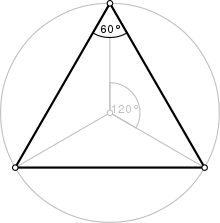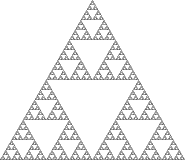Write4U
Valued Senior Member
This is why I like Roger Antonsen (mathematician) who advises examining somethings from as many different perspectives as possible, because the more you learn about a thing the greater the understanding of that thing and allowing for better communicating the properties of that thing.


